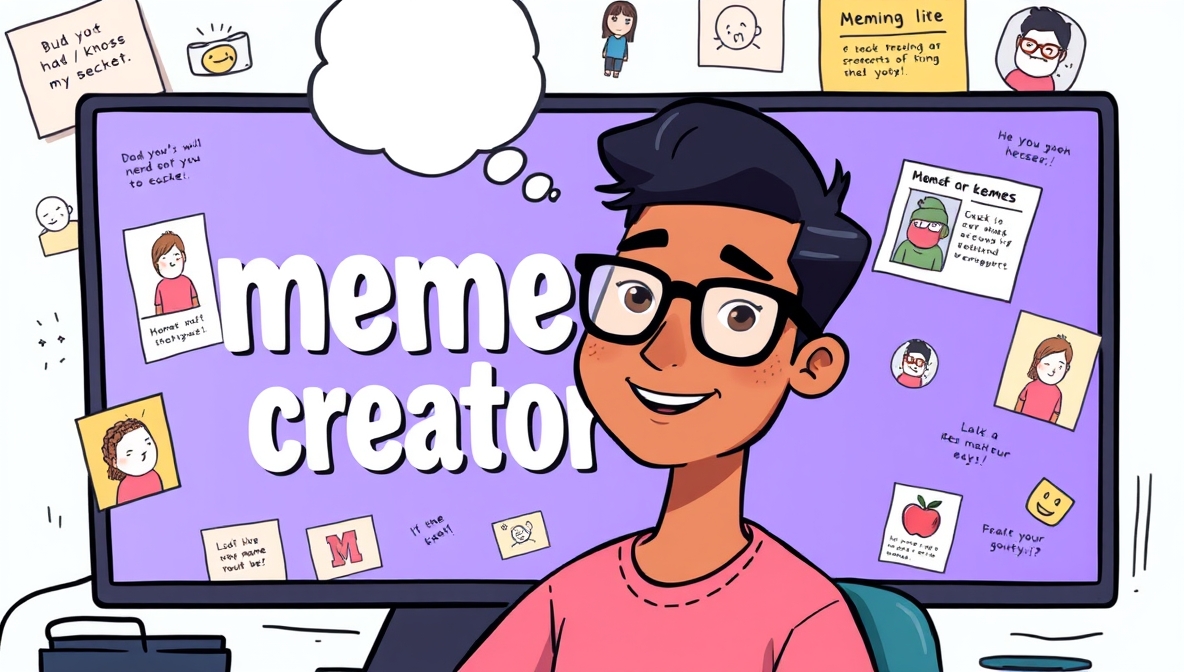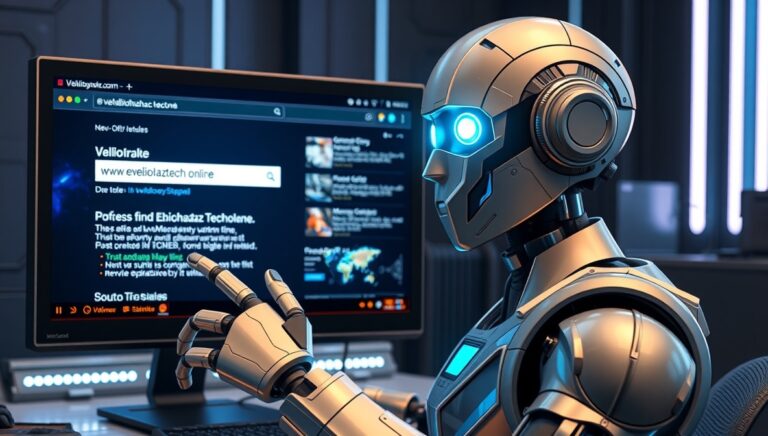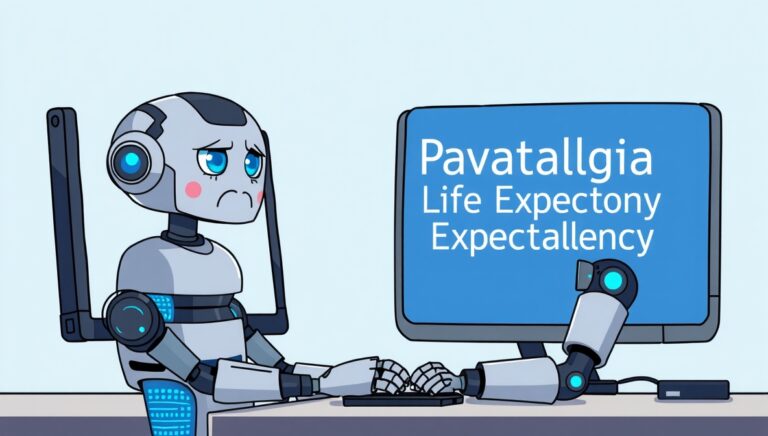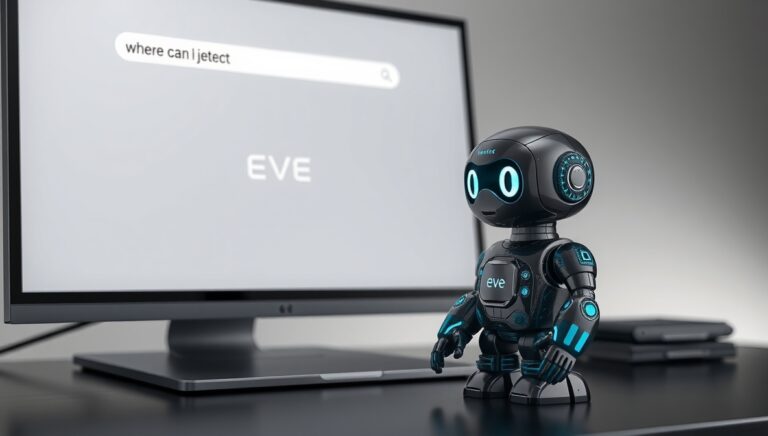Meme Creator – The Evolution, Psychology, and Impact of Modern Digital Humor
In today’s fast-paced digital culture, humor has become a universal language connecting millions across social platforms. The rise of a meme creator has revolutionized how we communicate ideas, express emotions, and even influence public opinion. Memes, which were once simple jokes shared among small online communities, have evolved into powerful tools for entertainment, marketing, and social commentary. Their creation, distribution, and viral potential are shaping how we perceive humor and information in the digital era.
The term “meme” may have originated from scientific roots, but in the 21st century, it represents the digital pulse of society. A meme creator plays a pivotal role in this landscape, crafting humorous, relatable, or thought-provoking visuals that capture the essence of current events and popular culture. Whether it’s a funny caption over an image, a short video clip with clever editing, or an animated GIF that captures a shared sentiment, memes have become a core part of online identity and expression.
The Birth of the Meme Culture
The story of memes dates back long before the internet. The concept was first introduced by Richard Dawkins in his 1976 book The Selfish Gene, where he described memes as cultural units of information that spread and evolve, similar to genes. However, the digital adaptation of memes emerged in the late 1990s and early 2000s with early online communities such as 4chan, Reddit, and forums where internet users began sharing images, jokes, and inside references.
As social media platforms like Facebook, Instagram, and Twitter gained popularity, the demand for easy-to-use tools like a meme creator grew exponentially. Users wanted to make their own humorous content without needing advanced graphic design skills. The simplicity of meme creation tools allowed anyone to contribute to online culture, democratizing humor and giving rise to a new wave of digital creators.
The early internet memes were often static images paired with bold text, such as the iconic “Bad Luck Brian” or “Grumpy Cat.” These memes thrived because they were relatable and instantly shareable. Over time, as technology advanced and video platforms emerged, the scope of memes expanded to include short-form videos, animations, and even sound-based memes, leading to the massive popularity of TikTok and Instagram Reels.
How a Meme Creator Shapes Modern Communication
In the modern digital world, a meme creator is not just a source of entertainment—it is a reflection of the social and political landscape. Memes act as mirrors, capturing society’s joys, frustrations, and opinions in a way that traditional media often cannot. They allow individuals to express thoughts quickly and accessibly, creating a sense of community and shared understanding.
For example, during global events such as the COVID-19 pandemic, memes became a coping mechanism. They helped people process difficult emotions and uncertainties through humor. Memes about lockdown life, online meetings, and the “new normal” flooded social media, uniting people through laughter. A single meme could summarize a collective feeling more effectively than a long article or speech.
Moreover, the power of the meme creator lies in its adaptability. Memes evolve rapidly based on trending topics, celebrity news, or social events. In marketing, brands have recognized this potential and integrated memes into their campaigns to connect with younger audiences. Memes humanize brands, making them appear more relatable and approachable. Companies like Wendy’s, Netflix, and even government organizations in the United States have used memes to engage audiences effectively, proving that humor can be a powerful communication strategy.
The Psychology Behind Memes
Memes appeal to our psychology in profound ways. They rely on shared experiences, cultural references, and humor that resonates across social boundaries. The simplicity and familiarity of a meme creator make it easy for people to participate in collective conversations.
Psychologists suggest that humor reduces stress, enhances mood, and strengthens social bonds. When people share or laugh at the same meme, they feel a sense of belonging. This emotional connection is the key reason memes go viral. A funny image or witty phrase that captures an emotion everyone understands spreads like wildfire, transcending language and geography.
Interestingly, memes can also be used to challenge norms and question authority. Political satire in meme form has become increasingly popular. Through humor, creators can critique policies, express dissent, or highlight hypocrisy without overt confrontation. A meme creator thus becomes a subtle yet powerful instrument for activism and awareness.
The Role of Technology in Meme Creation
Technology has made meme creation accessible to everyone. A decade ago, making memes required basic image-editing knowledge. Today, with the help of AI and mobile applications, even those with minimal technical skills can generate professional-quality memes in seconds.
Modern meme creation tools offer templates, fonts, and image libraries, allowing users to focus on creativity rather than technical complexity. Many platforms have integrated real-time editing, drag-and-drop functionality, and even AI-generated suggestions for captions or visuals. The rise of artificial intelligence has further enhanced the capabilities of a meme creator, making it easier to match humor styles, predict trends, and tailor memes to specific audiences.
For instance, AI can analyze engagement patterns and determine what type of humor resonates most with users. This insight allows content creators and marketers to design memes that have a higher chance of going viral. The seamless blend of creativity and data-driven design is shaping the future of digital humor.
Memes as a Reflection of Pop Culture
Pop culture and memes have a symbiotic relationship. Every viral trend, celebrity moment, or global event inspires a wave of memes that define public discourse. The role of a meme creator is crucial in this dynamic, as creators act as commentators who remix and reinterpret pop culture moments through humor.
When an actor delivers a memorable movie line or a politician makes a bold statement, meme creators are quick to capture it and turn it into a visual joke. This rapid turnaround demonstrates how memes serve as real-time reflections of cultural sentiment. For younger generations, memes have even replaced traditional news sources. People often learn about events through viral memes before reading official headlines.
This influence on pop culture is particularly visible in entertainment and fashion. Celebrities often engage with memes about themselves, further boosting their popularity. In some cases, a meme can even revive an old movie or song, propelling it back into the mainstream. Such is the power of humor when paired with creativity.
The Business of Memes
Beyond entertainment, memes have become a lucrative business. Brands and influencers are investing heavily in meme marketing to reach online audiences. The ability of a meme creator to generate engagement at low cost makes it an invaluable tool in digital marketing strategies.
Companies now hire dedicated meme strategists who understand the language of online communities. Instead of traditional advertisements, these strategists produce humorous, relatable content that blends naturally with user-generated posts. Memes attract attention because they don’t feel like marketing—they feel like inside jokes shared among friends.
Influencers on social media also capitalize on this trend. A viral meme can significantly increase followers, boost engagement, and enhance brand deals. Platforms such as Instagram, Reddit, and X (formerly Twitter) have become hotbeds for meme-based content strategies. Even small businesses can benefit from using a meme creator to promote products creatively and cost-effectively.
Memes and Their Cultural Impact
Memes are no longer confined to online spaces—they influence fashion, politics, and even language. The slang terms and catchphrases that emerge from memes often become part of everyday speech. Phrases like “OK boomer” or “That’s a vibe” originated from memes and are now embedded in global vocabulary.
In the United States, meme culture has even influenced political movements and social activism. Politicians and campaign teams use memes to connect with younger voters, convey complex messages simply, and mobilize online communities. The humor and brevity of memes make them ideal for spreading awareness about important causes.
A meme creator thus becomes more than just a source of laughter—it becomes a tool for shaping narratives. In times of crisis or political upheaval, memes can unify people under a shared message. They have the power to spark discussions, challenge opinions, and promote empathy.
The Dark Side of Memes
While memes bring joy and connection, they also have a darker side. Misinformation, online bullying, and cultural insensitivity can spread through memes just as easily as humor. A meme creator may unintentionally perpetuate stereotypes or harmful narratives if not used responsibly.
Some memes manipulate facts or spread fake news under the guise of humor. The viral nature of memes makes it difficult to control their interpretation, leading to potential misunderstandings. In certain cases, memes have even been weaponized to influence political opinions or target specific groups.
Ethical meme creation is therefore essential. Responsible creators must consider the potential impact of their content before publishing it. Humor should uplift, educate, or entertain—not demean or harm. As the internet becomes more globalized, cultural sensitivity in memes is increasingly important.
The Future of Meme Creation
The evolution of memes shows no signs of slowing down. As technology advances, a meme creator will become even more sophisticated, incorporating AI-driven personalization, augmented reality (AR), and interactive features. Users may soon be able to generate memes that adapt to real-time emotions or voice inputs.
AR and VR technologies could allow people to experience memes in immersive ways—imagine walking through a virtual gallery of viral memes or interacting with animated characters from famous internet jokes. This fusion of humor and technology will redefine how we consume entertainment.
Additionally, blockchain and NFTs (Non-Fungible Tokens) have introduced new opportunities for meme monetization. Creators can now sell ownership of their original meme designs, protecting their intellectual property and earning revenue. The line between art, humor, and commerce continues to blur in fascinating ways.
Educational and Social Value of Memes
Interestingly, memes are also finding a place in education and social campaigns. Teachers and activists use memes to make complex subjects more relatable and engaging. A well-designed meme creator can turn dull academic concepts into memorable, shareable visuals.
For example, environmental awareness campaigns often use memes to spread messages about climate change or conservation. Students respond positively to humorous yet informative visuals because they simplify learning. In workplaces, memes are used to promote teamwork, reduce stress, and foster creativity among employees.
The blend of humor and education is proving to be a powerful combination. By speaking the language of the internet generation, memes can make serious topics more accessible and less intimidating.
Why Memes Resonate with Everyone
The universal appeal of memes lies in their simplicity. Anyone, regardless of age, background, or culture, can understand and enjoy them. The accessibility of tools like a meme creator ensures that creativity is not limited to professionals. People can instantly express their ideas through humor, and the feedback loop of likes, shares, and comments motivates them to keep creating.
In many ways, memes represent the essence of digital democracy—where every individual has a voice. Unlike traditional media, where production and distribution were controlled by a few, meme culture empowers millions to participate in content creation. This participatory nature of memes is what keeps them fresh, diverse, and relevant.
The Relationship Between Memes and Identity
In the modern world, online identity is often shaped by what we post and share. Memes play a central role in this digital self-expression. A meme creator allows individuals to communicate their beliefs, humor style, and worldview. Sharing a meme signals belonging to a certain group or ideology, forming online subcultures based on shared humor.
For instance, fandom communities, political groups, or even niche hobbies use memes as cultural markers. These communities thrive on inside jokes that outsiders may not understand, strengthening their sense of unity. The digital identity we project through memes is as expressive as fashion or art in the physical world.
The Enduring Legacy of Memes
Looking ahead, memes will continue to evolve as long as there are people who love to laugh, connect, and communicate. The role of the meme creator will remain central in shaping this evolution, bridging gaps between cultures, and preserving the humor of our time.
Memes are more than fleeting internet jokes—they are cultural artifacts that record how society feels and thinks at specific moments in history. Future generations may study memes as we study ancient art, literature, or political cartoons today.
Humor has always been a way for humans to make sense of the world, and in the digital age, memes have become the ultimate form of that expression. They transcend language, unite communities, and provide endless opportunities for creativity. Whether used for laughter, marketing, education, or activism, memes will continue to be one of the most influential forms of communication in our online universe.
Conclusion
In essence, the meme creator is the modern storyteller of the internet age. Through a blend of humor, art, and emotion, it transforms ordinary moments into viral sensations that capture the collective spirit of society. As technology progresses, meme creation will only become more advanced, personal, and meaningful.
From entertainment and marketing to education and politics, memes have carved their place as indispensable tools for communication. They remind us that laughter is not just entertainment—it’s a way of connecting, coping, and celebrating what it means to be human in a digital world.
The next time you scroll through your feed and laugh at a meme, remember: behind that small image lies a world of creativity, psychology, and innovation—brought to life by the powerful hands of a meme creator.






